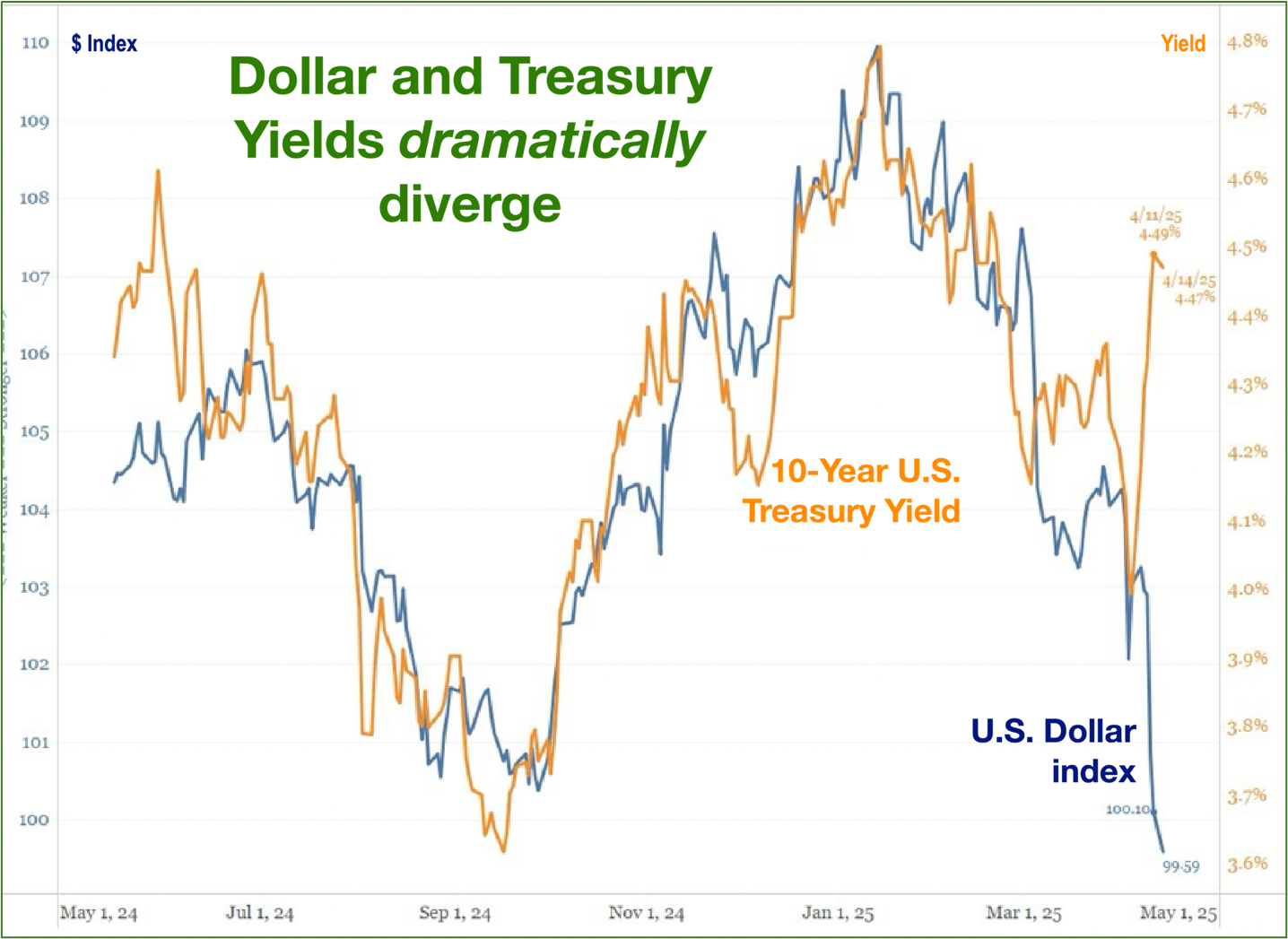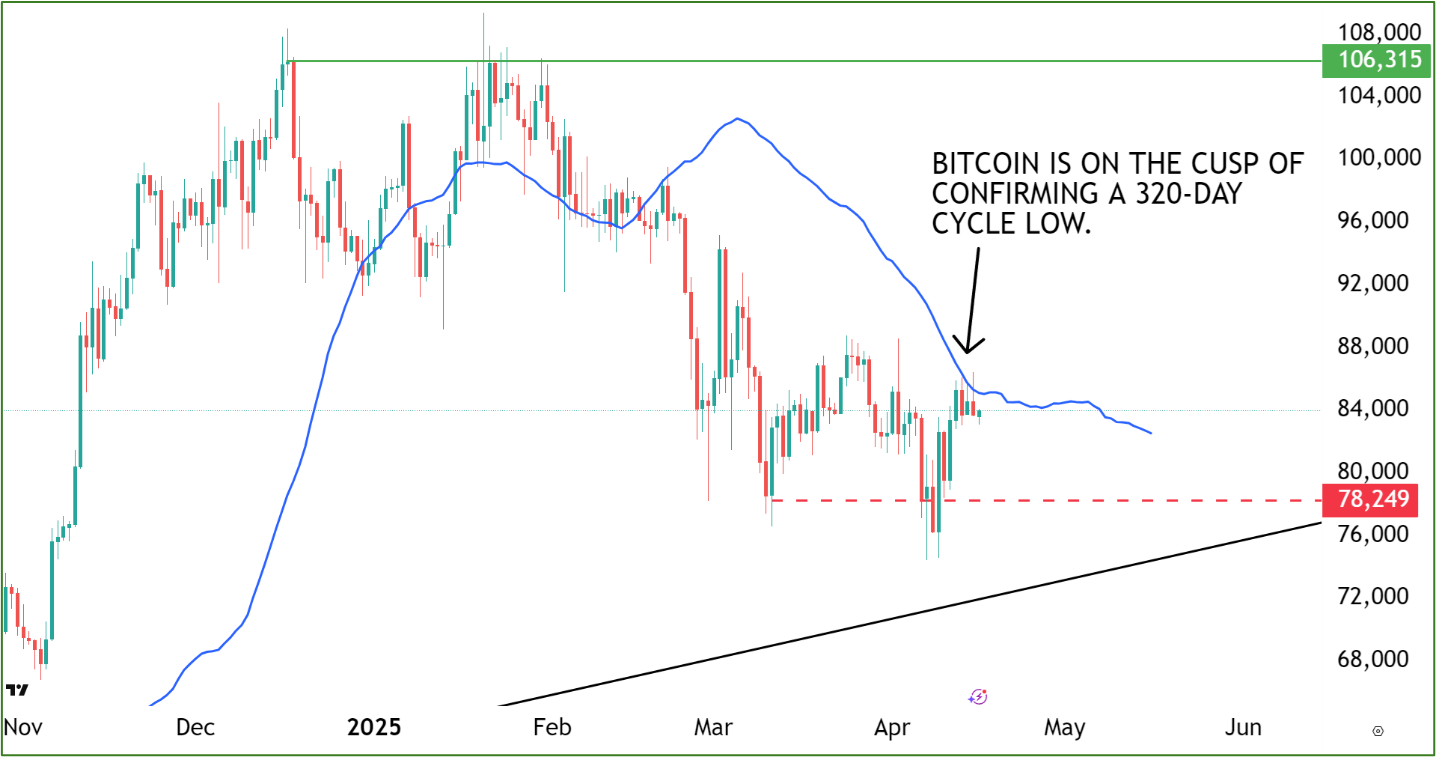Where Crypto Sits in the Sino-American Trade War
 |
| By Juan Villaverde |
After two weeks of epic melodrama, the Sino-American trade war continues to dominate headlines and rattle global markets. Every asset class — including crypto — has been caught up in the turmoil.
And recently, the tit-for-tat between the Trump Administration and Beijing has escalated in a further series of unsettling twists and turns.
This escalation follows precisely the path I outlined last week. China is determined and prepared to fight back … and won’t give in to White House demands.
The only silver lining is that tariffs and export bans have now become so extreme, they can only be seen as negotiation tactics by both nations.
In other words, a deal will eventually be reached.
But in the meantime, the global economy hangs in the balance. And in our hyper-connected, just-in-time global economy, even partial disruptions can lead to recession and a massive liquidity crunch.
Indeed, we’re already seeing signs of that. Take a look at the chart below …

The blue line (above) shows the U.S. dollar’s value against a basket of currencies. The orange line is the 10-year U.S. Treasury yield. As you can see, it’s normal for these to move virtually in lockstep.
But notice how that strong correlation between the dollar and treasury yields has completely broken down. When President Trump announced sweeping tariffs last week, the dollar fell … as bond yields skyrocketed.
This is highly unusual. It means foreigners are selling both the dollar and U.S. debt.
In other words, capital is fleeing the United States. En masse.
Interestingly enough, Treasury yields briefly fell following Trump’s tariff announcement. That makes sense, given that tariffs are widely expected to cause recession.
However, this lasted only a short time. Yields later soared as panic set in, and traders dumped U.S.-based assets wholesale.
Only after this did Trump announce his 90-day pause, somewhat softening his aggressive tariff policy toward all countries except China. And before long, exceptions for certain Chinese imports followed — all seemingly to appease the bond market.
The result? Yields backed off slightly, from a high near 4.6% on the 10-year Treasury, down to about 4.3% as I write.
Is that enough? Apparently not.
Secretary Bessent wants to refinance maturing U.S. debt at 3.5%. Trump has now shown he will retreat if the Treasury market screams in pain. So, expect more “negotiations” between these two global powers.
As I said before, the worst damage stems from the enormous uncertainty created over what might happen next … which flip-flopping on key policy decisions — even controversial ones — is helpless to alleviate.
How This Affects Bitcoin and Other Crypto Assets
Bitcoin (BTC, “A-”) has become its own global macro asset class, tightly linked to global liquidity — the lifeblood of the financial system.
Recession, uncertainty and bond market volatility constrict liquidity … and so are bearish for Bitcoin (and, by extension, the rest of crypto).
Plainly stated, Bitcoin is far from immune to the trade wars threatening to engulf the globe.
But there is a silver lining.
Few things put central bankers in a mood to print faster than a bond market rout. So, if yields don’t come back down to earth soon, we might see “emergency” liquidity-boosting measures from the Federal Reserve.
And that could come at just the right time, seeing as …
Bitcoin Is on the Edge of a New Uptrend

After an impressive rally on April 9, Bitcoin (BTC, “”) reclaimed the $80,000 level with conviction. My Crypto Timing Model is saying that April 7 was likely Bitcoin’s last 320-day-cycle low.
But to confirm that, we need strong momentum on the 80-day cycle itself.
That’s where the blue line comes in. A solid rally above this level shows the 80-day-cycle trend is accelerating. In this context, such a crossover would confirm that the 320-day-cycle bottom has been established.
Bitcoin has been hugging this line for days. So, a breakout seems likely to happen soon.
Once that occurs, we can say crypto markets will start their final 320-day cycle rally within this grand four-year cycle.
The real question now is how strong the incoming 320-day-cycle rally will be. For now, I’ll just say you’ll likely see Bitcoin at $100,000 again.
Whether it goes much beyond … remains to be seen.
In short, it’s almost time for traders to hop back into the market. Though anyone looking to ride this rally will need to stay on their toes.
Best,
Juan Villaverde

